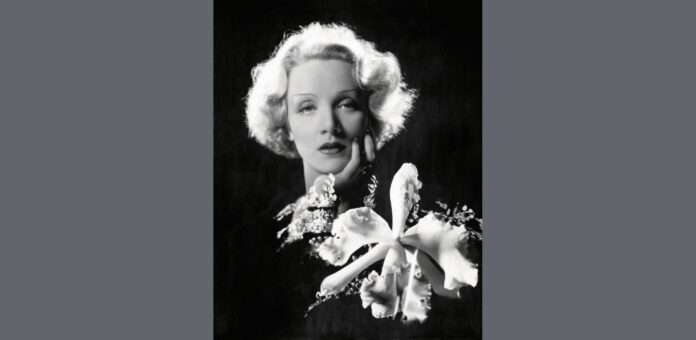Following its highly successful premiere at the Palazzo Grassi in Venice, the Helmut Newton Foundation, in cooperation with the Pinault Collection, is showing 250 works by outstanding photographers of the 20th century, including Helmut Newton, Diane Arbus, Robert Frank and Irving Penn.
The photographs on view from the François Pinault Collection ‒ covering the genres of portraits, fashion, still lifes, architecture and photojournalism ‒ span from 1910 to the late 1970s and include works from the renowned Condé Nast Archive. Arranged chronologically, they serve as examples of developments in fashion history and mirror radical social changes in the Western world.
Numerous Works by Helmut Newton Shown for the First Time
This impressive collection also includes works by Helmut Newton. In the 1950s, Newton worked for diverse Condé Nast magazines, chiefly for Vogue and Vanity Fair. Most of the photos Newton contributed to these publications are making their public debut at the Helmut Newton Foundation in Berlin.
In addition to Helmut Newton, the exhibition assembles a selection of other well-known photographers, including Diane Arbus, Cecil Beaton, David Bailey, John Deakin, Robert Frank, Evelyn Hofer, Horst P. Horst, George Hoyningen-Huene, Peter Hujar, William Klein, Lisette Model, Ugo Mulas, Irving Penn, Bert Stern, Deborah Turbeville, and Chris von Wangenheim.
Photographic Travels in Time
Chronorama is a fascinating compendium of rare vintage prints, which were once used as print templates for magazines. The exhibition offers a unique view into the beginnings of photographic staging, the evolving interpretation of contemporary fashion trends, and aspects of culture, lifestyle and world events. Arranged by decades, this photographic journey through time begins in 1910 when Condé Nast took over the publication of Vogue magazine.
The exhibition walls also feature colour illustrations from the 1910s and 1920s, representing sales strategies formerly used by fashion magazines. Photography became the leading medium starting in the 1950s. The earliest colour image on display, from 1952, can be traced to Irving Penn ‒ indicating a visual evolution from the black-and-white era to the brilliance of colour.
Panorama of 20th Century Icons
The exhibition turns the spotlight on people, featuring portraits of 20th-century icons from the fields of music, art, sports and politics. It takes us into opulent interiors and elegant beauty salons, revealing fascinating photo experiments. In addition, visitors are shown the war destruction inflicted on London and the newly built Empire State Building in New York.
Team of Curators
The exhibition is curated by Matthieu Humery, photography consultant for the Pinault Collection, and Matthias Harder, director of the Helmut Newton Foundation.
Exhibition Catalogue
A catalogue publication accompanies the exhibition.
CHRONORAMA REDUX: Daniel Spivakov in the Project Room of the Helmut Newton Foundation
These enigmatic images somehow seem familiar, or at least certain elements of the motifs do. Consisting of multiple layers. They appear simultaneously figurative and abstract. Painter Daniel Spivakov engages with a preexisting image he selects himself, typically sourced from art or photography history, which he prints onto the canvas. Then, he overlays this image with expressive figures, applying quick brushstrokes. The faces in this second layer often resemble Spivakov’s own, transforming each painting into a form of self-portrait. By superimposing himself as a mimetic layer onto the art-historical backdrop, he creates a dialogue spanning time and generations. The paintings, reminiscent of a grisaille (a gray-toned painting), are punctuated with splashes of yellow and red.
Daniel Spivakov, born in 1996 and represented by Stallmann galleries in Berlin, is an artist, who strives for truthfulness in his work. In 2023, he completed three large-format canvases at his studio in Venice. Each canvas comprises three parts that have been screwed together to form a layered triptych. These works were first presented shortly after completion as part of the complementary exhibition Chronorama Redux at Palazzo Grassi, and are now making their debut in Germany.
A special exhibition of the Helmut Newton Foundation at the Museum für Fotografie – Staatliche Museen zu Berlin
Source : Museen zu Berlin






